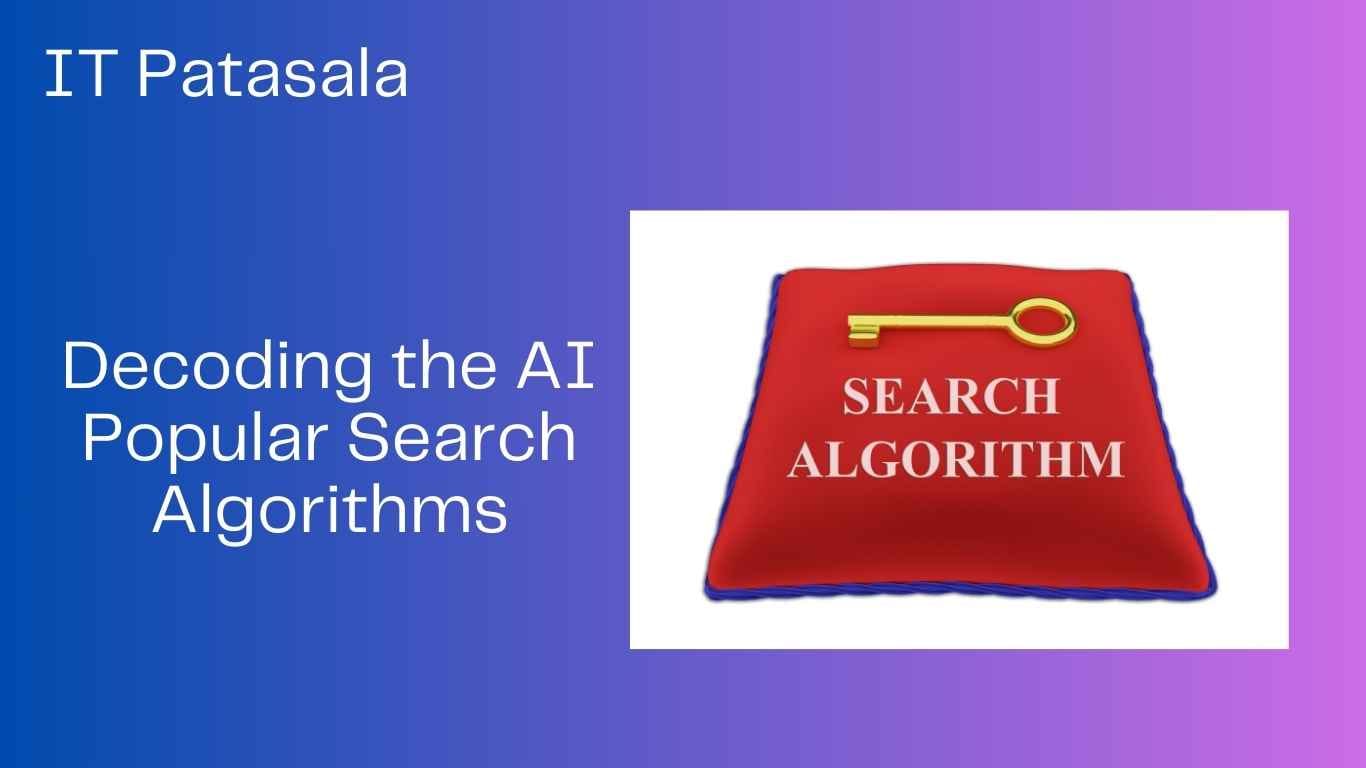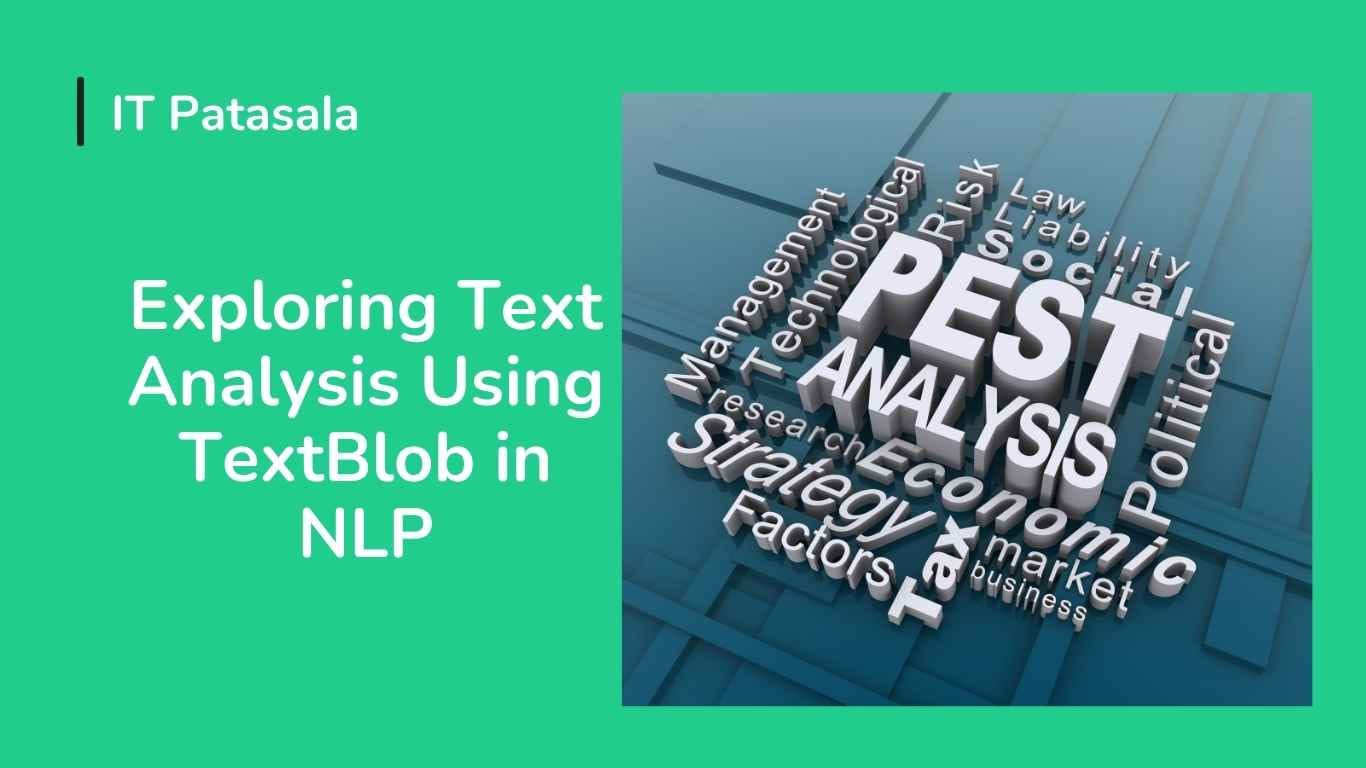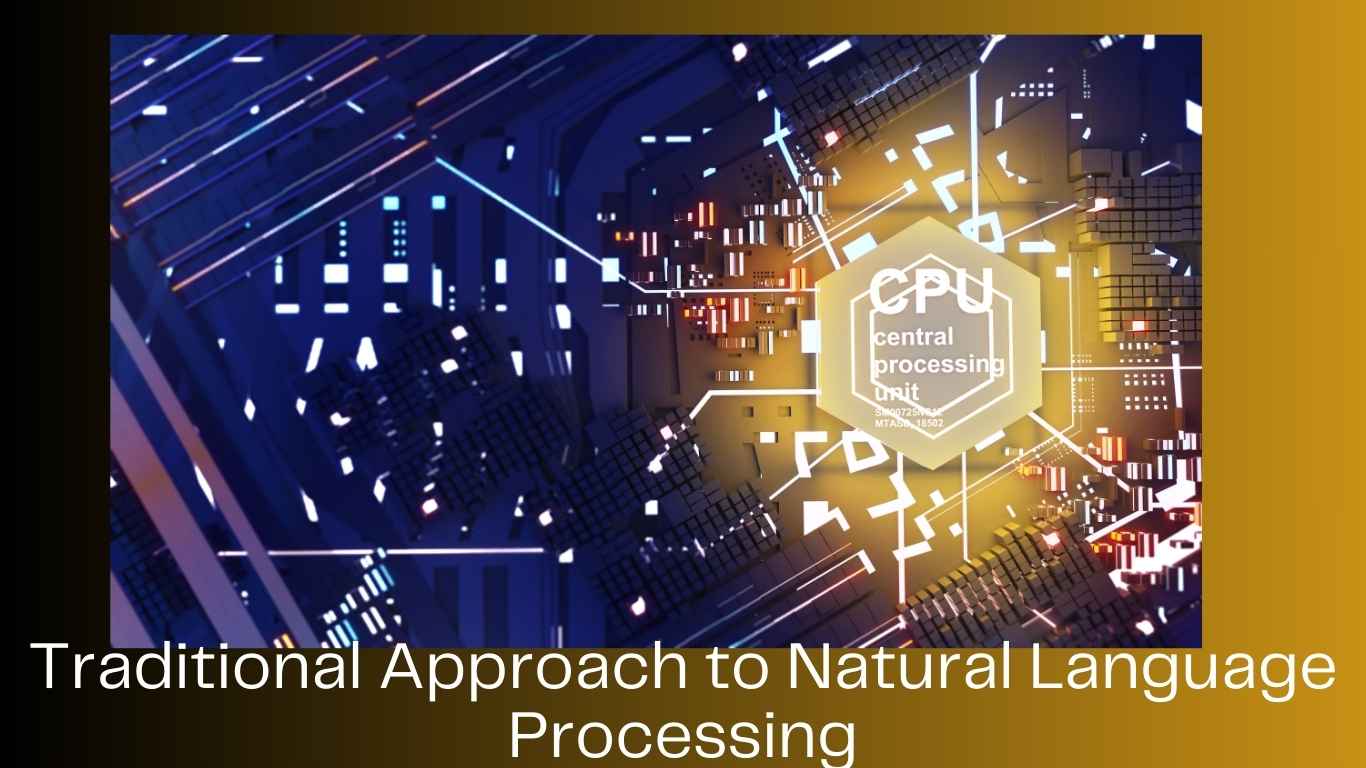Decoding the AI Popular Search Algorithms 2025
🤖 AI Popular Search Algorithms: Explained with Real-World Examples
Artificial Intelligence (AI) is built on the idea of solving complex problems like a human — often faster and with greater precision. A foundational component in AI is search algorithms, which allow machines to explore possibilities, paths, and decisions systematically.
In this blog post, we’ll break down:
- What search algorithms are
- Why they are important in AI
- Popular search algorithms (with real-life examples)
- Differences between uninformed and informed search
- Applications in games, robotics, and machine learning
🔍 What Are Search Algorithms in AI?
Search algorithms are methods used by AI to explore a problem space to find a solution. They are the “thinking” mechanism behind decision-making in AI systems.
Examples include:
- Finding the shortest path in a maze
- Planning a sequence of robot movements
- Determining moves in a chess game
- Navigating a delivery drone
🧠 Why Are Search Algorithms Important in AI?
Without search algorithms, AI systems would be random or reactive. Search gives AI the ability to plan, explore alternatives, and make optimal decisions.
They help AI to:
- Find solutions efficiently
- Avoid redundant or useless paths
- Achieve goals under constraints
- React dynamically to changing environments
🧮 Classification: Uninformed vs Informed Search
🔹 Uninformed (Blind) Search Algorithms
These don’t use any knowledge about the goal. They explore the search space blindly.
Examples:
- Breadth-First Search (BFS)
- Depth-First Search (DFS)
- Uniform Cost Search (UCS)
🔹 Informed (Heuristic) Search Algorithms
These use extra information (heuristics) to find the most promising path.
Examples:
- Greedy Best-First Search
- A* (A Star) Search
- Hill Climbing
🔍 Popular AI Search Algorithms
Let’s explore each major algorithm with its explanation, properties, and examples.
🌐 1. Breadth-First Search (BFS)
Type: Uninformed
Strategy: Explores neighbors level by level
Data Structure: Queue (FIFO)
Example Use Case: Social network analysis — finding the shortest connection between two people.
Python Pseudocode:
from collections import deque
def bfs(graph, start):
visited = set()
queue = deque([start])
while queue:
node = queue.popleft()
if node not in visited:
print(node)
visited.add(node)
queue.extend(graph[node] - visited)
Pros:
- Finds the shortest path in unweighted graphs
- Complete and optimal
Cons:
- High memory usage
🌐 2. Depth-First Search (DFS)
Type: Uninformed
Strategy: Explores as far as possible down a branch
Data Structure: Stack (LIFO)
Example Use Case: Solving puzzles like Sudoku or mazes.
Python Pseudocode:
def dfs(graph, node, visited=None):
if visited is None:
visited = set()
visited.add(node)
print(node)
for neighbor in graph[node]:
if neighbor not in visited:
dfs(graph, neighbor, visited)
Pros:
- Low memory usage
- Useful for deep problem spaces
Cons:
- Not guaranteed to find the shortest path
- Can get stuck in infinite paths without checks
💰 3. Uniform Cost Search (UCS)
Type: Uninformed
Strategy: Expands the least-cost node first
Data Structure: Priority Queue
Use Case: Finding the cheapest flight or delivery route.
Pros:
- Always finds the least cost path
- Works well with weighted graphs
Cons:
- Can be slower if many paths have similar cost
🧭 4. Greedy Best-First Search
Type: Informed
Strategy: Selects the node closest to the goal using a heuristic
Heuristic Example: Straight-line distance to the target
Use Case: Pathfinding in GPS navigation apps
Pros:
- Fast and efficient in many cases
Cons:
- Not always optimal
- Can get stuck in local minima
✨ 5. A* Search (A-Star)
Type: Informed
Strategy: Combines UCS and Greedy Search
Formula:f(n) = g(n) + h(n)
Where:
g(n)= cost to reach node nh(n)= estimated cost to goal (heuristic)
Use Case: Google Maps, robot pathfinding, game AI (e.g., Pac-Man, Minecraft)
Python Example (Pseudocode):
import heapq
def a_star(start, goal, h):
open_set = [(0, start)]
came_from = {}
g_score = {start: 0}
while open_set:
_, current = heapq.heappop(open_set)
if current == goal:
return reconstruct_path(came_from, current)
for neighbor in get_neighbors(current):
tentative_g = g_score[current] + cost(current, neighbor)
if neighbor not in g_score or tentative_g < g_score[neighbor]:
came_from[neighbor] = current
g_score[neighbor] = tentative_g
f = tentative_g + h(neighbor)
heapq.heappush(open_set, (f, neighbor))
Pros:
- Complete
- Optimal (if heuristic is admissible)
- Used in most commercial AI systems
Cons:
- Requires good heuristic
- More memory-intensive
🧗 6. Hill Climbing
Type: Informed
Strategy: Chooses the neighbor with the highest value (steepest ascent)
Use Case: Game AI, scheduling, route optimization
Pros:
- Simple and fast
Cons:
- May get stuck in local maxima
- Not suitable for large search spaces
🧱 Comparison Table of AI Search Algorithms
| Algorithm | Type | Optimal | Complete | Use Case |
|---|---|---|---|---|
| BFS | Uninformed | Yes | Yes | Social networks, shortest path |
| DFS | Uninformed | No | Yes | Maze solving, puzzles |
| UCS | Uninformed | Yes | Yes | Least-cost travel path |
| Greedy Best-First | Informed | No | No | Quick route estimation |
| A* Search | Informed | Yes | Yes | GPS, robot pathfinding |
| Hill Climbing | Informed | No | No | Optimization tasks |
🛠️ Real-World Applications of Search Algorithms
🎮 Game AI
- Pathfinding for characters (A*)
- Strategy planning (Minimax with DFS)
- Board games (e.g., Chess, Go)
🚗 Autonomous Vehicles
- Route planning (A*)
- Obstacle avoidance (Greedy search with heuristics)
📦 Logistics and Warehousing
- Robot navigation
- Order-picking optimization
- Delivery routing
🧠 Problem Solving AI
- Solving Rubik’s Cube
- Puzzle-solving apps
- Escape room solvers
📈 Machine Learning (Hyperparameter Tuning)
- Grid search
- Random search
- Bayesian optimization (inspired by search)
🤔 How to Choose the Right Algorithm?
Ask these questions:
- Is the path cost important? Use A* or UCS
- Do you need the shortest path? Avoid DFS
- Do you have a heuristic? Try informed search
- Is memory a constraint? Consider DFS or Greedy
✅ Final Thoughts: Mastering AI Search Algorithms
Understanding AI popular search algorithms is a key milestone for any student or aspiring data scientist. These algorithms are the brain behind every intelligent system, whether it’s self-driving cars or game bots.
To recap:
- Start with BFS and DFS for simple problems
- Use UCS and A* when cost is involved
- Apply Greedy Search when you need speed over accuracy
- Explore Hill Climbing for local optimization
No matter what AI project you tackle next, mastering search algorithms will give you the foundation to solve it logically, efficiently, and intelligently.
Also read these




